The lowest component count for your particular problem, I think, is a MOSFET current mirror, as such:

simulate this circuit – Schematic created using CircuitLab
M2 will start conducting when its gate is at a voltage that allows the required current to flow through R2, so that its drain and gate together create a nice little set-point, which applies to the gate of M1. M1 will then start conducting.
In theory, if both MOSFETs have the same voltage dropped across them it will be the exact same current, since their gate voltages are exactly the same, but of course in reality there will be discrepancies, since your LED takes up more voltage than R2 likely will. There are solutions for that as well, but they will take up more voltage headroom.
I did a quick Farnell search (because I'm limited in my time and a tiny bit lazy on Wednesdays) and found the Fairchild FDV301N, with a nice Datasheet with all kinds of cool graphs.
What's important here is that you find a MOSFET with an active region at gate voltages well below 2V. If you look at Figure 1 in the datasheet linked above, you will see that at Vg = 1.5V it still is able to conduct a few mA while having less than 0.1V required across its Drain-Source segment.
For M2 the drain-source voltage will be higher, because of the balancing act with Vg explained above, so there it doesn't matter much, but you want your M1 to conduct with as low a voltage drop as possible when your battery is close to 2V.
R3 is there to increase the balance between the MOSFETs. If one wants to conduct too much, R3 will push them both closed until it balances back out.
I expect (huge ball-park-top-of-head numbers:) at 2V battery about 1mA through the LED, while at 3V about 5mA through the LED. But these are just very rough estimations as are the two resistor values, you should experiment a little with different values if the current is wrong for you in the real world.
If it changes too much with battery voltage you want to tweak R3 until the ratio is good enough, then if the exact current is wrong you tweak R2 until that is right. Both resistors influence both parameters, but R3 has a stronger influence on balance and R2 has a stronger influence on current set point.
You should note though, that with this trick you'll be wasting a tiny amount of extra energy when the LED is on, because of the current going through M2, that isn't used to light up the LED. If this only 1 second every hour, you can imagine that the influence of the current through the LED is microscopic compared to the SoC's consumption throughout that hour.


